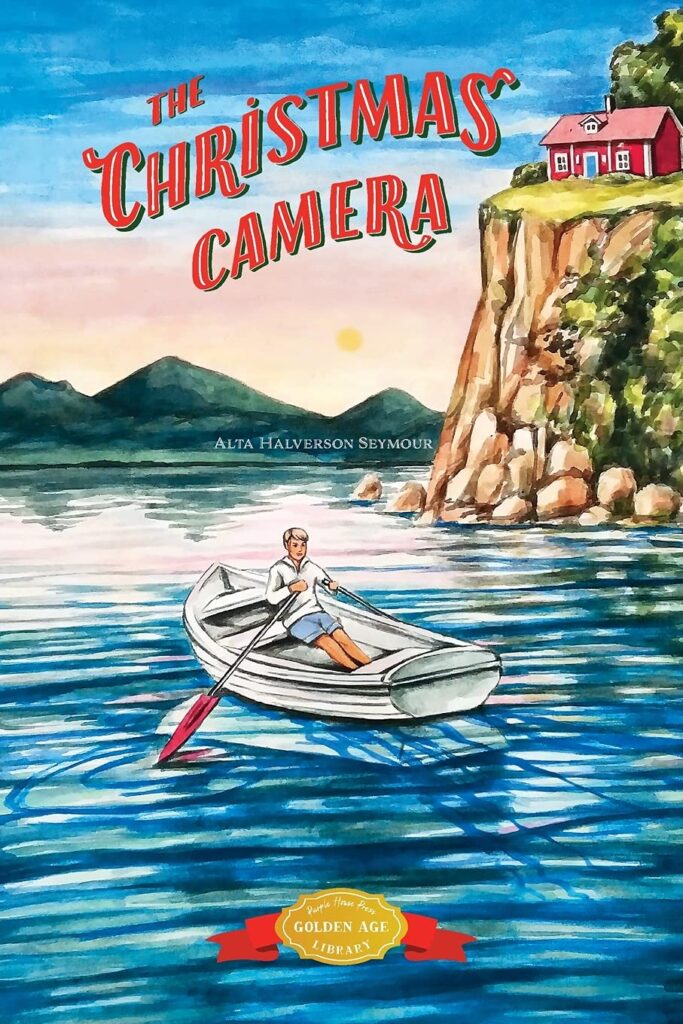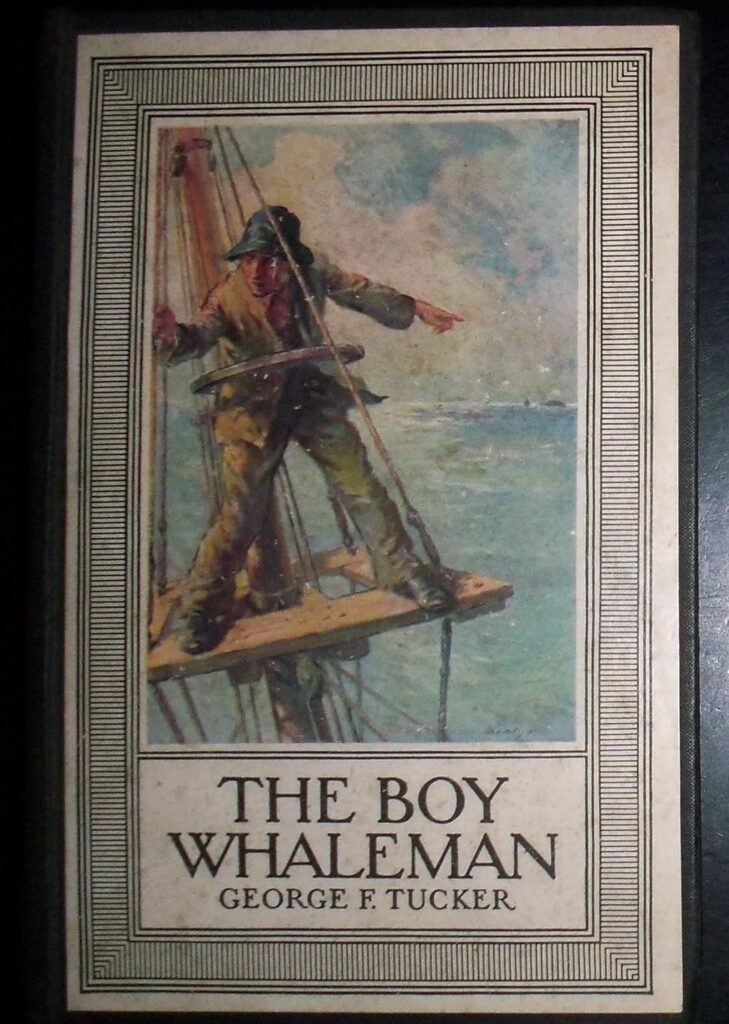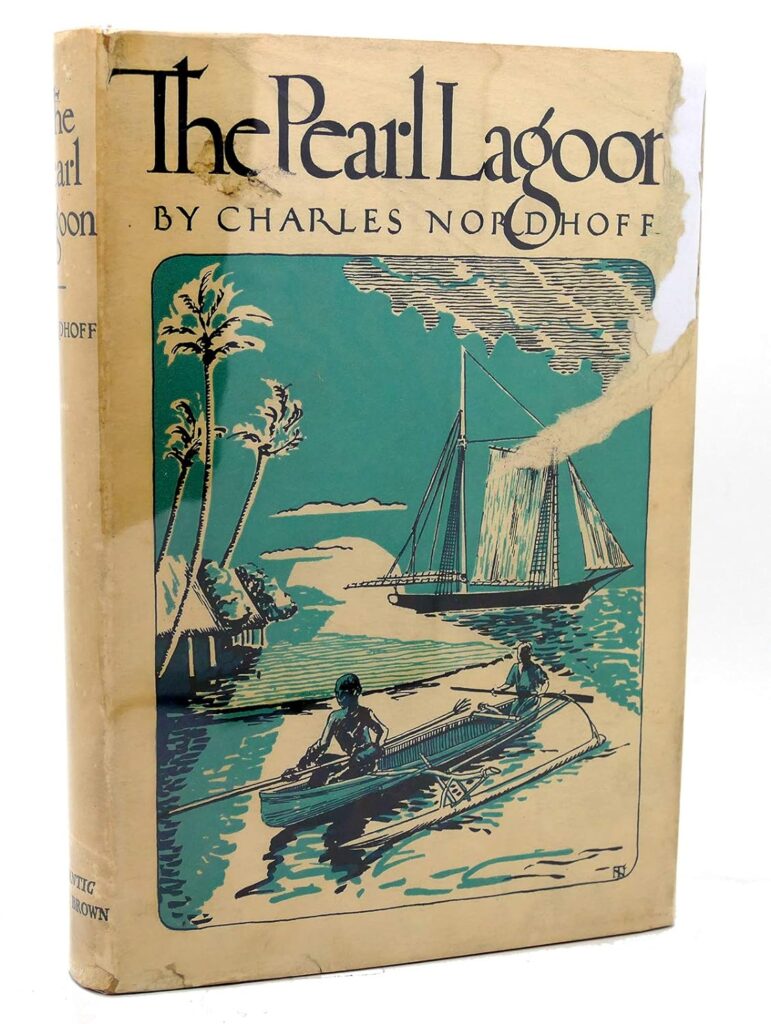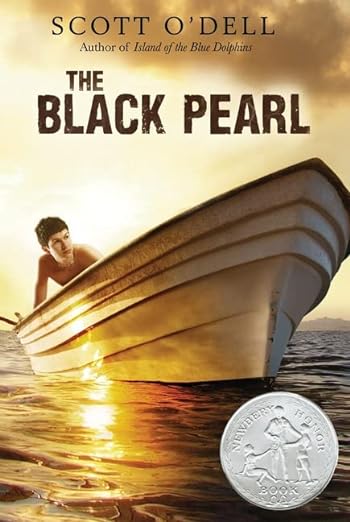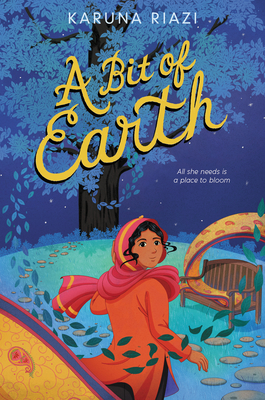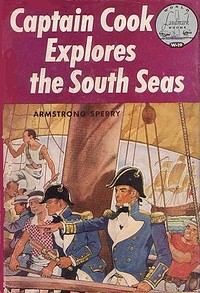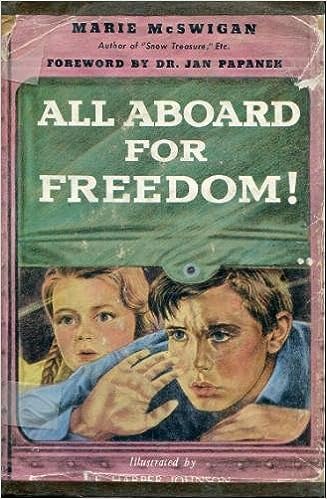Another entry in the Christmas Around the World Series from Purple House Press, The Christmas Camera (originally Erik’s Christmas Camera) is the story of the twelve year old Swedish boy Erik Dahlquist and his cousin Bertil and the reclusive old fisherman Gunnar Eklund. It’s a gentle story, as is the rule with Ms. Halverson Seymour’s fiction. Bertil comes from the big city of Stockholm and is at first a bit haughty and inclined to look down on his country cousins. But all is well in the end. Gunnar Eklund is a somewhat secretive and scary character at first, but it soon becomes apparent that he is also good at heart.
The art of photography and Erik’s interest in it tie the story together much more than the actual plot does. And Erik’s pursuit of excellent and artistic photos gives the author an opportunity to work into the story a number of Swedish customs, celebrations, and folkways that make the book appealing in a different way. The children with their families celebrate Midsummer’s Eve, a bicycle trip, crayfish parties in August, St. Lucia Day, and finally Julafton (Christmas Eve). Anyone who wants to know more about traditional Swedish holidays and pastimes would enjoy reading about Erik and his photographic adventures.
The other books in the Christmas Around the World Series by Alta Halverson Seymour are:
- The Christmas Compass (Netherlands)
- The Christmas Donkey (France)
- The Christmas Star (Norway)
- The Christmas Stove (Switzerland)
And a few other books that fit a Christmas Around the World theme are:
- A Grandma for Christmas by Alta Halverson Seymour (Norway)
- The Christmas Rocket by Anne Molloy (Italy)
- Nine Days to Christmas by Marie Hall Ets (Mexico)
- Flicka Ricka Dicka and Their New Skates by Maj Lindman (Sweden)
- Noel for Jeanne-Marie by Francoise Seignobosc (France)
- The Secret of the Fourth Candle by Patricia St. John (Morocco)
- A Grandmother for the Orphelines by Natalie Savage Carlson (France)
- The Story of Holly and Ivy by Rumer Godden (England)
